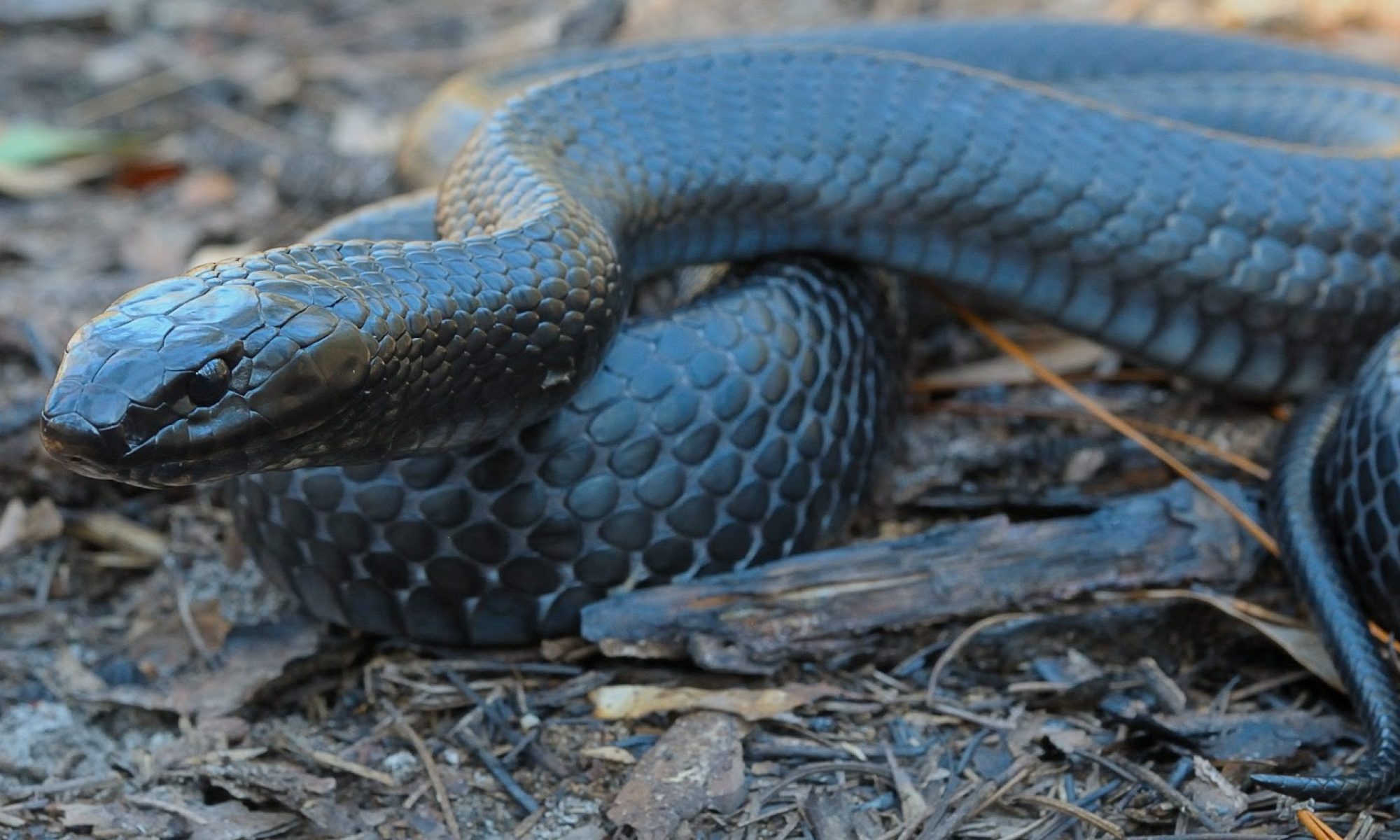The overall distribution of the species has considerably contracted from the historical distribution. Enge et al. (2013, p. 296) suggest that recent non-detection of the species in areas where it was once found might indicate substantial population declines or even extirpation. It is important to note that our assessment is based on species presence, potential extent of populations and a snapshot of habitat conditions as a surrogate for the status of populations. Delineation of biological populations for the eastern indigo snake across its range are problematic due to the snake’s large home ranges, secretive behavior, low densities, and other challenges associated with identifying population boundaries.
Based on our assessment, overall current eastern indigo snake population resiliency is medium to low. The majority of the extant populations (34 of 53 or 68%) are in low (53%) to very low (15%) condition and 36% are likely extirpated. Only 8% of the extant populations (4 of 53) are considered to have high resiliency and 25% (13 of 53) are considered to have medium resiliency. Medium to low resiliency populations occupy about 34% and 45%, respectively, of the total current population extent (Table 7). The highly resilient eastern indigo snake populations occupy about 17% of the total current population extent and occur in the northeastern area of the Southeastern Georgia region and the central portion of the Peninsular Florida region. These two strongholds provide species representation (although less than historical conditions) for both the ecological and genetic gradients known for the species but with limited redundancy. The North Florida region and most of Southeast Georgia region populations are in medium condition and those in the Panhandle and extreme southern Peninsular Florida region are largely extirpated which represents a considerable range contraction with losses in representation and redundancy for the species.
The current land conservation status varies across the populations. Most of the highly resilient populations have >25% of habitat on conserved lands (includes federal, state or privately-owned (i.e. easements and conservation organizations) land). The habitat for the 2 repatriation populations in the Panhandle is well-protected. The habitat for populations in Peninsular Florida is also relatively well-protected, however patch size and connectivity among protected habitat patches also influences overall resiliency. The North Florida region populations may be vulnerable because the distribution is limited and the largest population has a low level (<25%) of habitat on conserved lands. Maintaining populations in this region will likely be essential for maintaining genetic connectivity among all the other regions (Southeast Georgia, the Panhandle and Peninsular Florida). This region potentially contains the most ecological and genetic diversity due to its geographic location. In the Southeast Georgia region, while many of the populations currently show medium to high resiliency, the majority of these populations have low to very low conservation of eastern indigo snake habitat posing some risk to maintaining their current resiliency status into the future. Adequate management of protected habitat will be needed to maintain population resiliency.
